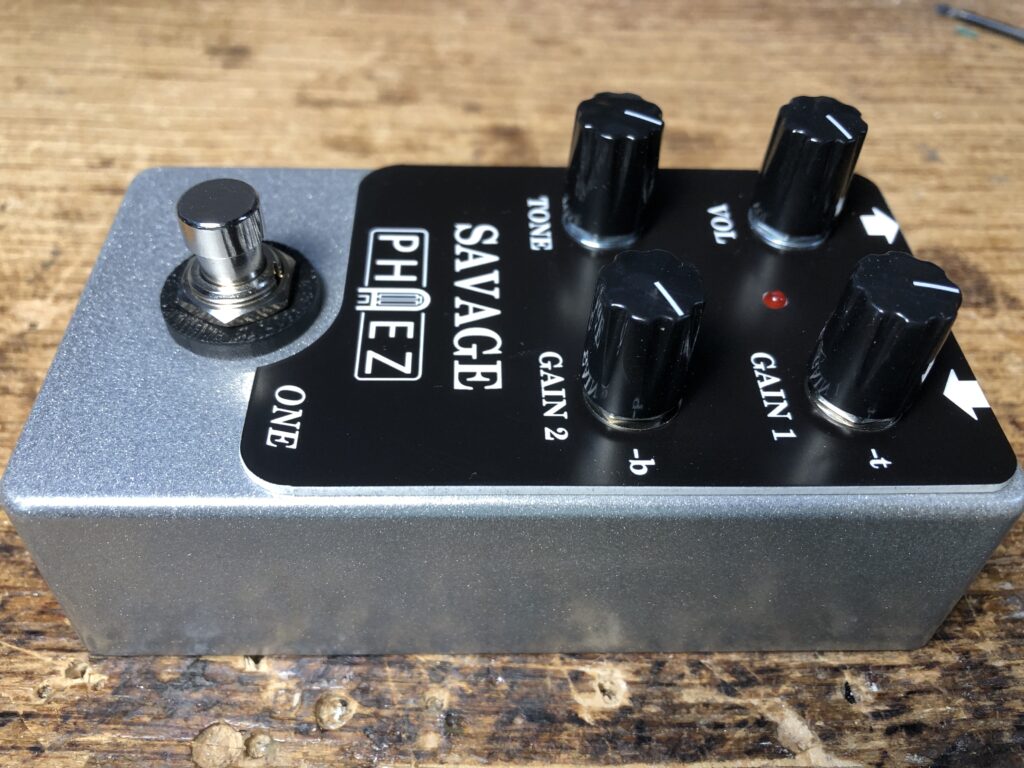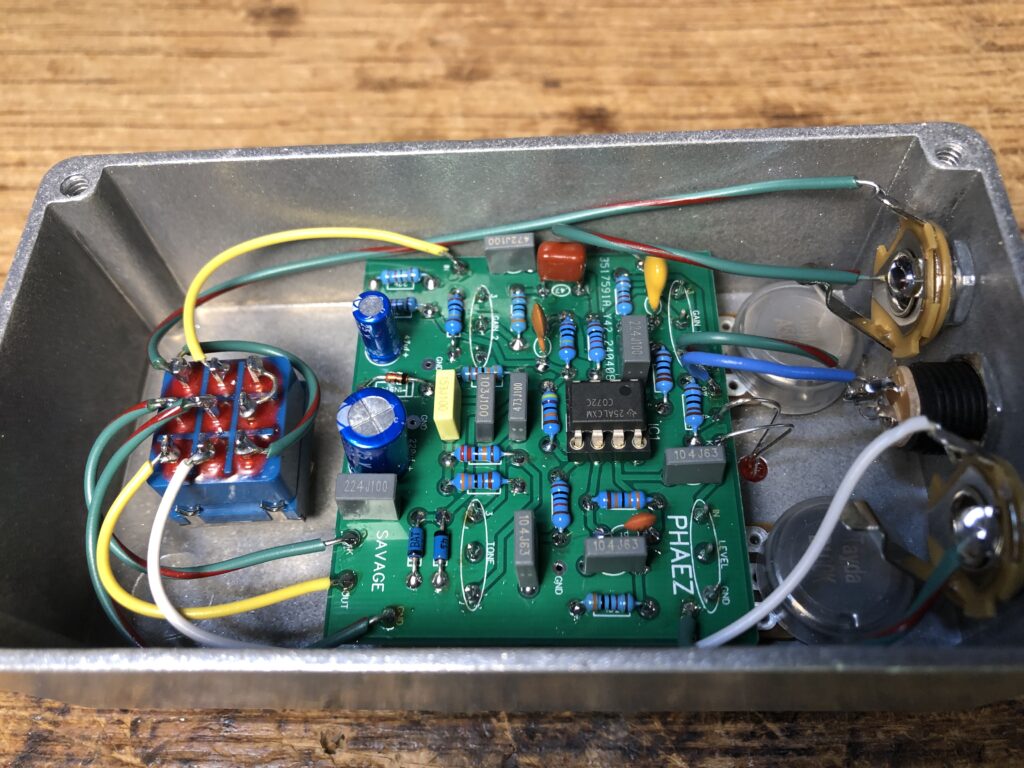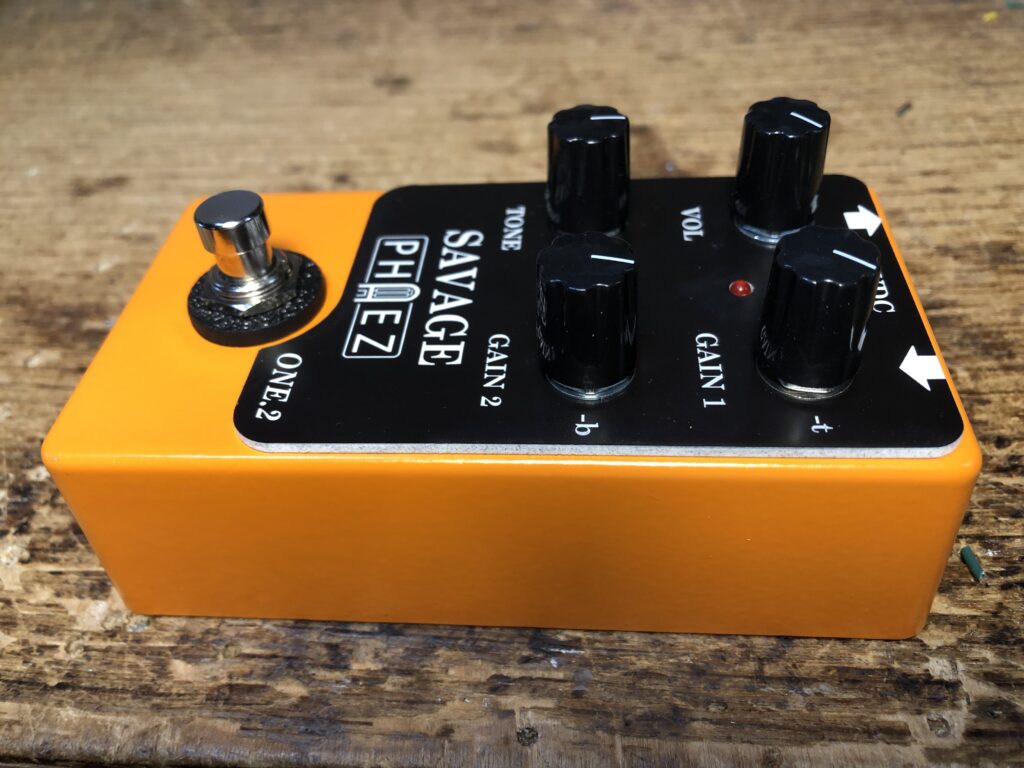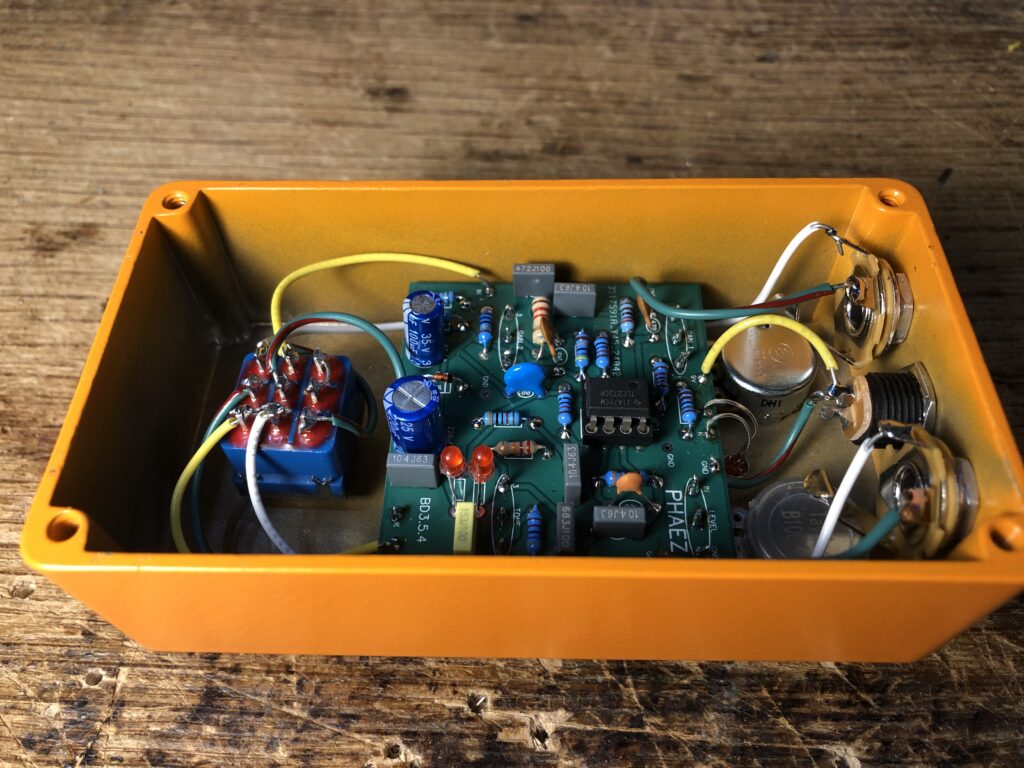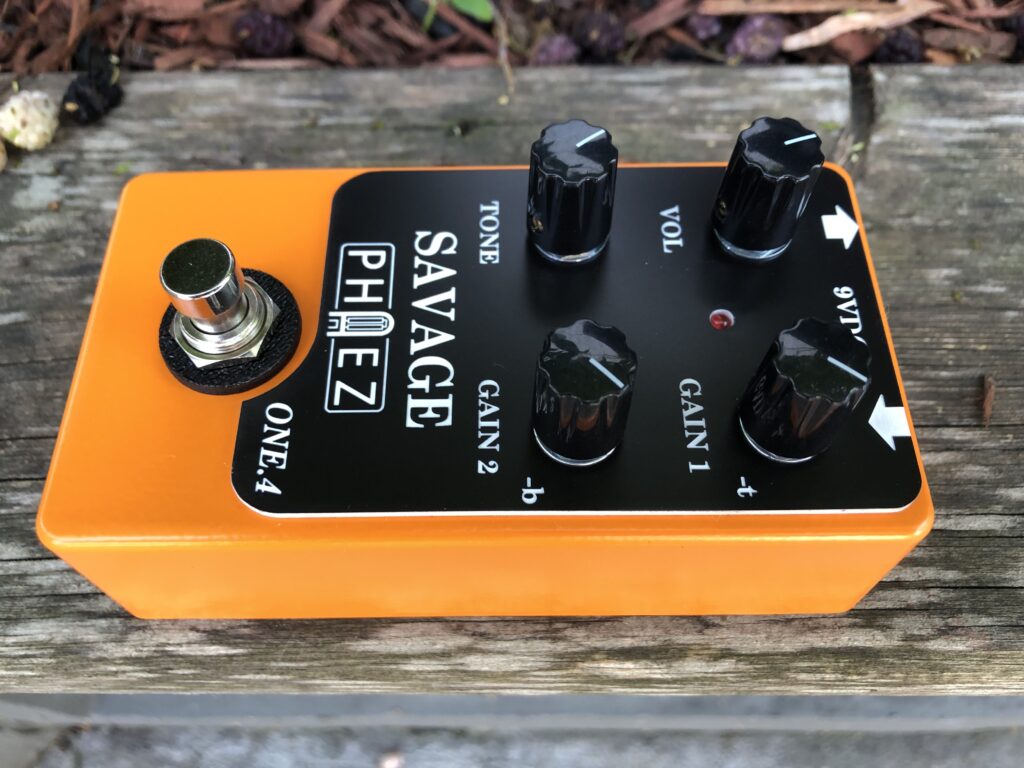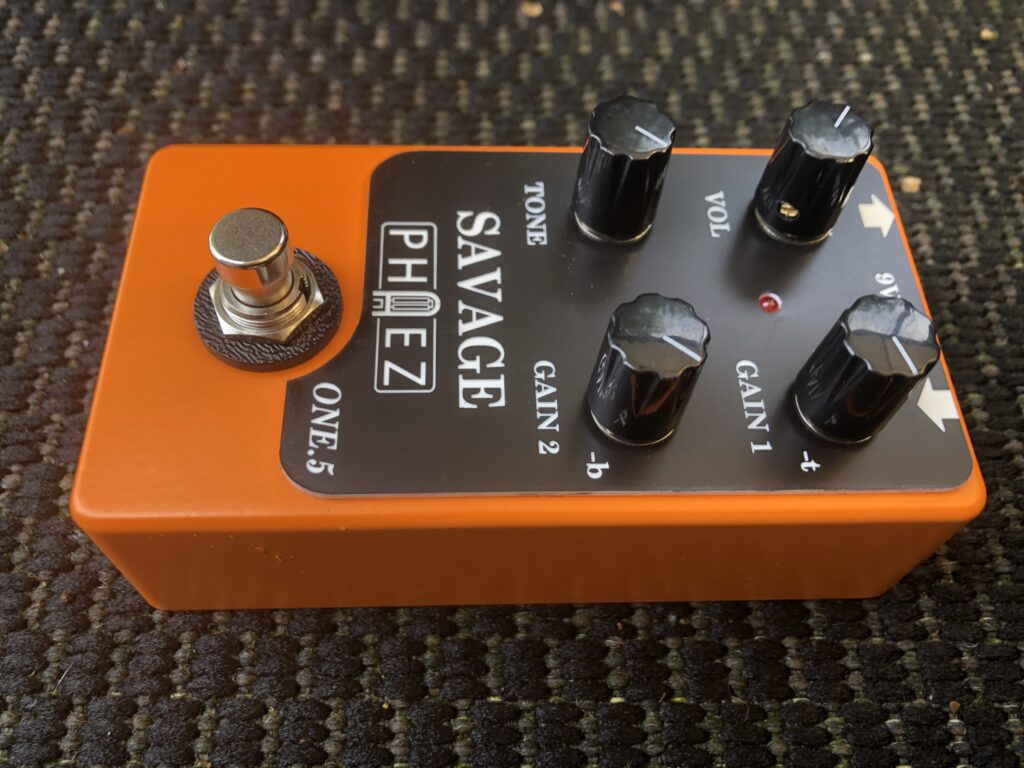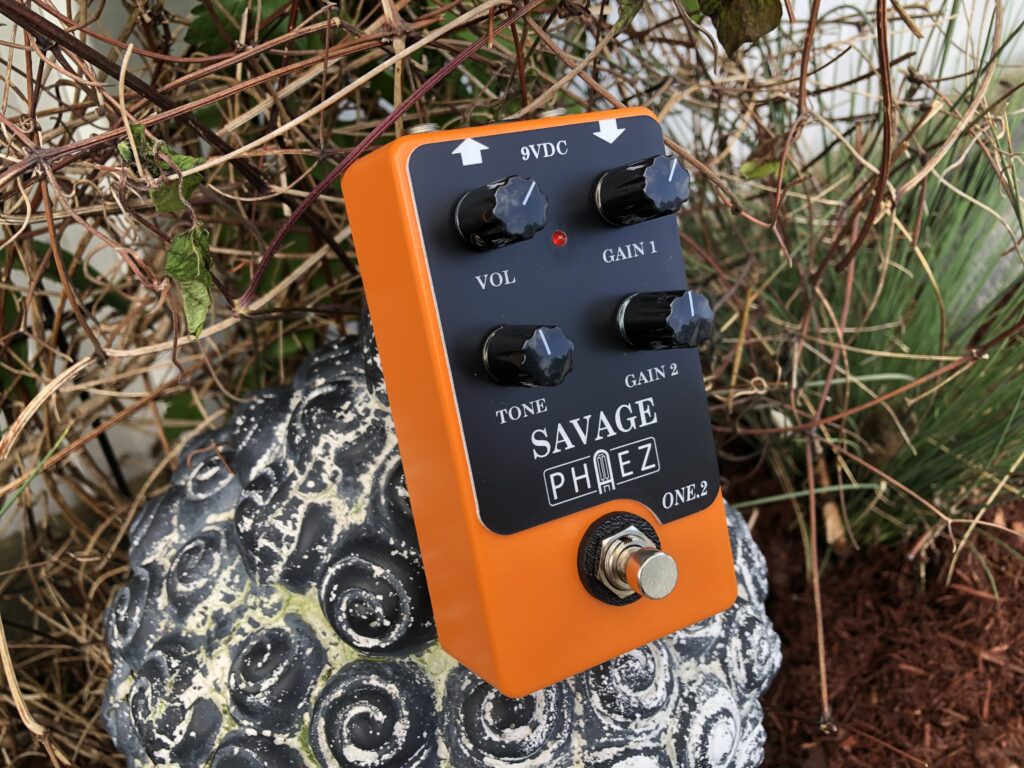
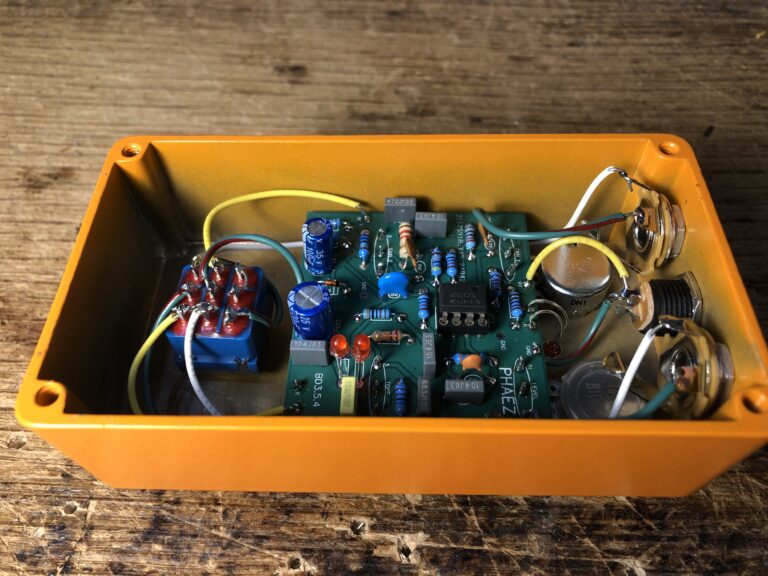
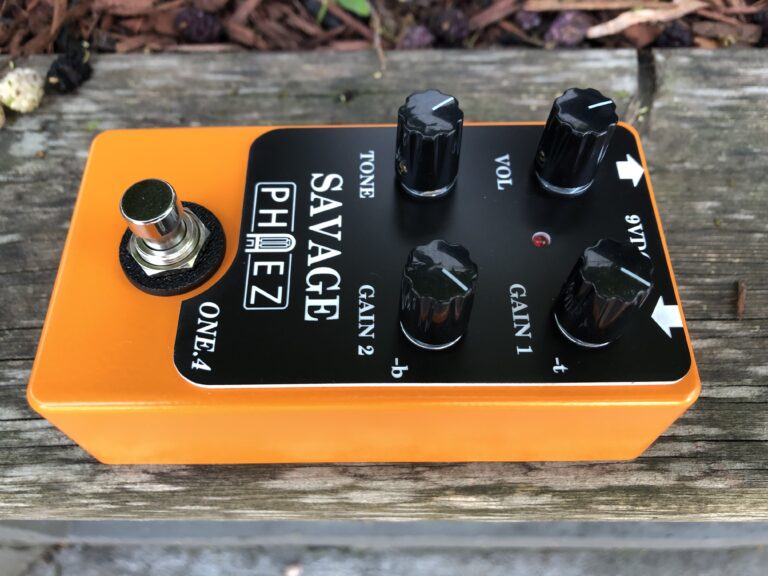
The Proco Rat is a classic for a reason
There are millions of Proco Rat pedals out there. The pedal has been out since 1978 has there have some changes here and there. The early ones used the LM308 chip and then later switched to the OP07DP.
But what is the main factor in the sound of Rat? It is not the slew rate of the LM308 – yeah that causes some HF rolloff but there are ways to mimic that. And no it is not the chip clipping. Clipping infers that the device has reached saturation and cannot deliver the current in a linear fashion. But what is really going on is the opamp is HITTING THE RAILS. THE PS RAILS. Look, the max gain of the Rat circuit is a whopping 2300X. Yes that’s right, whatever the output of your pickups is supposed to get amplified 2300X (if you are plugging directly in). And a high output humbucker can hit 1 volt p-p. That means in a perfect circuit, the output would be 2300V. Needless to say, it doesn’t. In fact, the signal starts hitting the rails pretty early on with respect the gain pot position. It hits the rails because of the limits of the 9VDC power supply.
That is the first issue for me. The clipping you hear is the signal hitting the rails, not the diode clipping, which follows right after the opamp. Not that it sounds bad, but that fact is almost 100% overlooked, and even the designers (copiers?) of all the Rat style pedals out there don’t recognize it. Those subsequent diodes can’t really square off an already squared off signal. And the diode options some pedals have? If those diodes have a larger forward voltage (like a red LED) then the pedal is just louder, but the squareness of the signal is still the same. And the no-diode option? Again the result is the pedal just being louder and the distortion you hear is the signal hitting the PS rail.
Issue #2 for me, and don’t misunderstand me, none of these are fatal flaws, just places where the Rat could be improved. But #2 is the too simple tone control. It is 6db per octave filter and the result is a sloped response through out the treble region. I would prefer a shelved response (that what I have done with the Savage.)
Issue #3 is it’s low output. Don’t you want to hit your amp a bit harder. Almost always sounds better IMO. With the stock diodes in the Rat pedal you end up with what I consider to be miniscule output.
Issue #4 is the use of cheap electrolytic coupling caps. C’mon there are better options than that!
Issue #5 is the limited ability to shape the tone – but that is something that affects MANY pedals. But I have addressed that in the Savage, making it much more versatile.
So what is the Savage?
Well the DNA is all RAT but me addressing the issues I have raised earlier.
- I have come with a very very cool dual gain system, and each does tone shaping at the same time. Gain 1 pulls some treble as you turn it up (yes that is desirable) and Gain 2 adds some low end when you dial it back. When Gain 2 is dimed – you are in original RAT territory, but as I mentioned early the original Rat has oodles of gain, 2300X!! You can get a much nicer crunch and almost bouncy mid gain tones with that Gain 2 option. So the Gain controls offer a nice way to shape the tone, in addition to the tone control.
- My tone control, is better than the stock one. The stock one is a TILT throughout, the Savage offers more of a shelf response.
- I don’t use any electrolytics in the signal path.
- I have a RECOVERY stage which provides a much higher output than the original. I have an aversion to low output pedals.
- I found the BEST SOUNDING opamp for this circuit. The TLC072CP, no not the TL072CP but the TLC072CP, the expensive big brother.
So that is a summary of the Savage pedal. I will be updating this description but if you want one hit the BUY IT NOW!
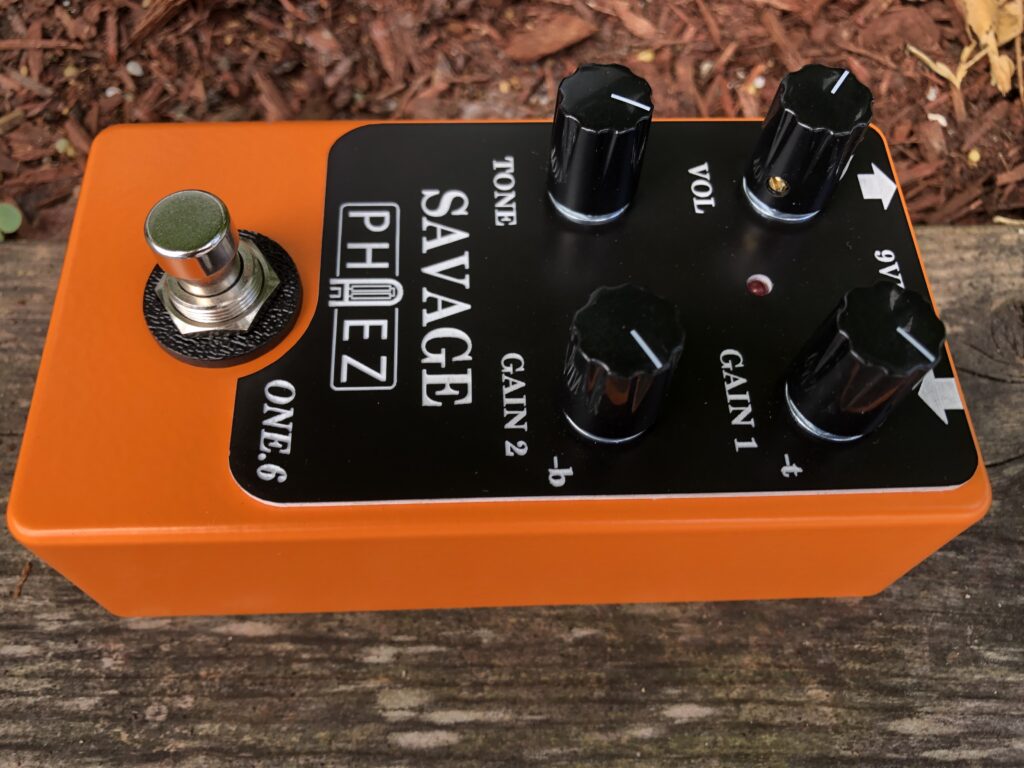
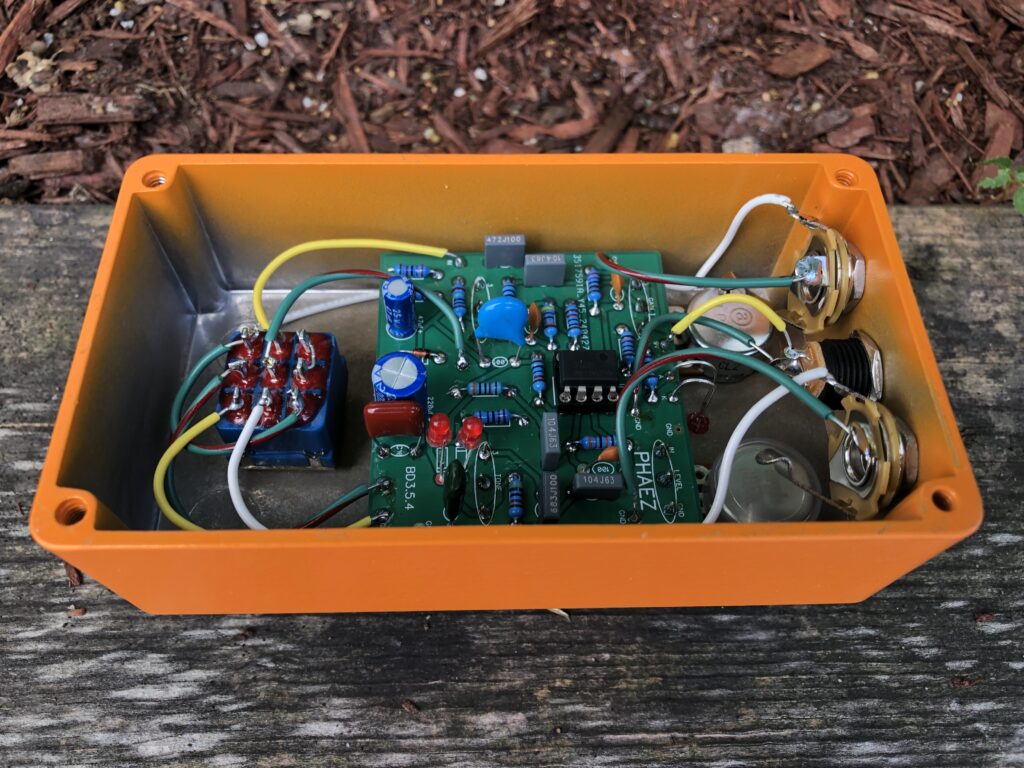
SAVAGE PEDAL (ONE.6)
Yes you can be the owner of ONE.6! Shipping including for US48/Canada.
LAST ONE!!!!!!!!!
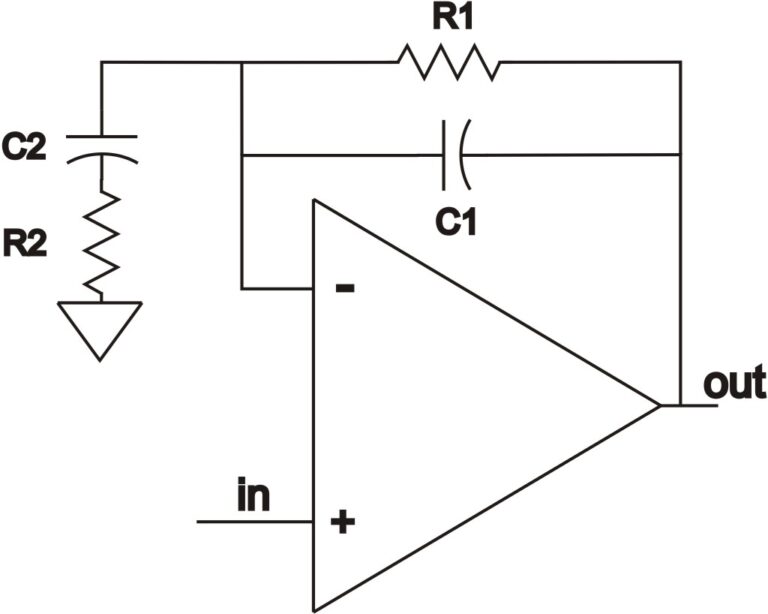
Here is an oversimplified typical pedal opamp use, and this framework is used in the Rat.
There are 3 things to consider:
- The ratio of R1/R2 sets the gain. e.g. 100/1 = 100X = 40db gain
- C1 in combination with R1 sets up a 6db/octave filter that will roll off the highs – typical RC filter
- C2 in combination with R2 sets the amplification of the low frequencies – filtering out the lows at 6db per octave.
In the Savage, R1 is “Gain 1” and is variable. The variability changes the gain but also the frequency at which the highs are rolled off, which is calculated in conjuction with C1.
Now you should realize that R2 is also variable ie “Gain 2” and the LF amplification gets changed as the RC filter calculation is applied.
So both gain pots are not just simple gain controls. But with Gain 2 dimed, the Savage is back to Rat territory.
Another popular pedal that uses this setup (I can’t think of any other) is the Timmy, and is well respected.
I have carefully chosen the values for the 4 passive elements in the above diagram that are used in the Savage (there are more than 4 elements used though!)
